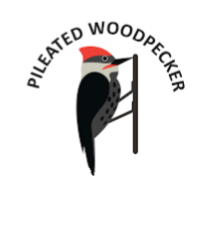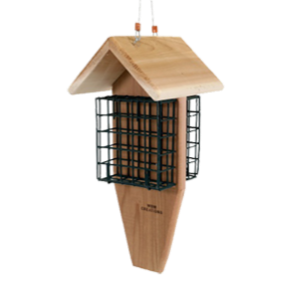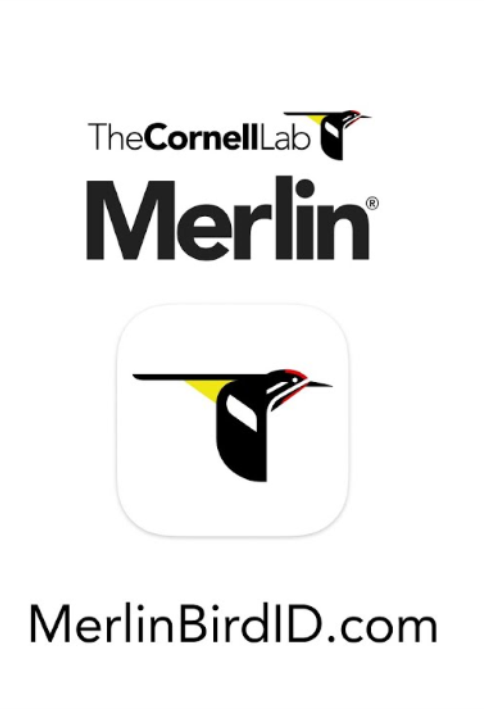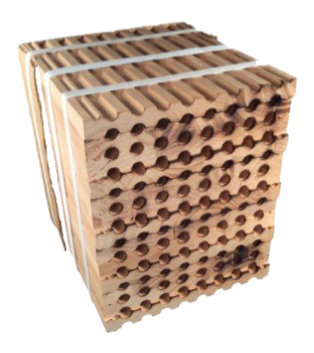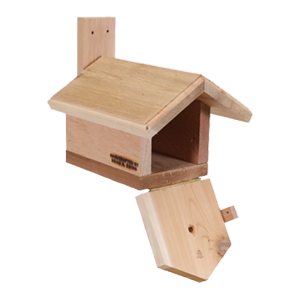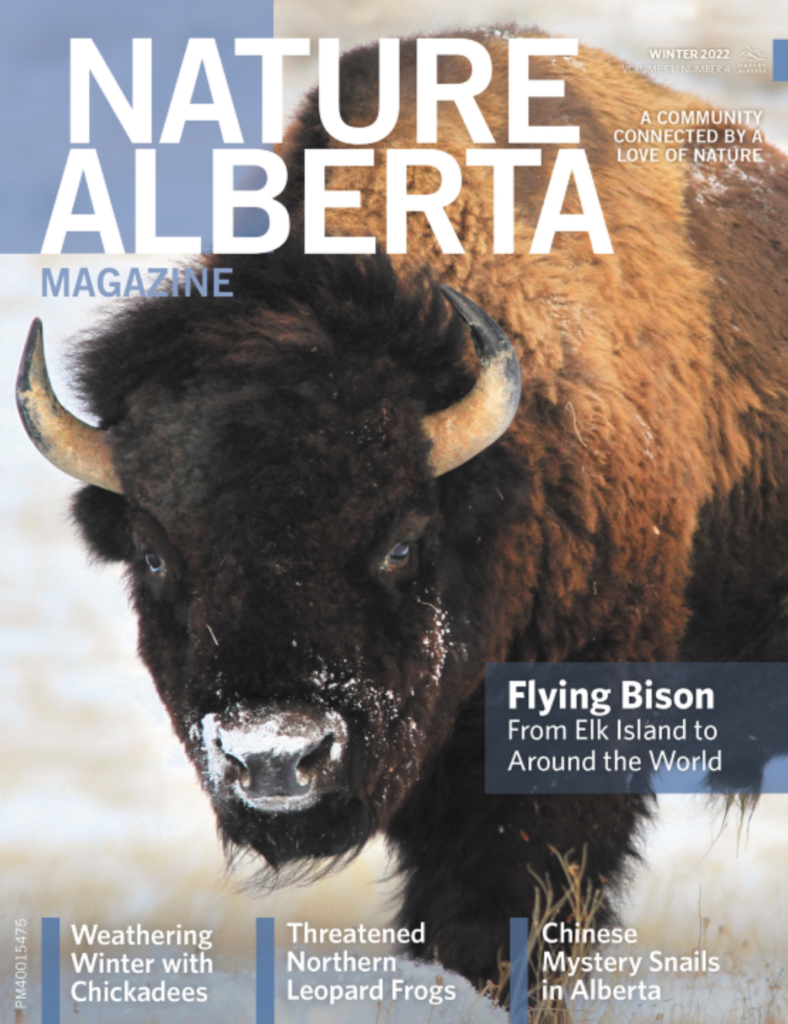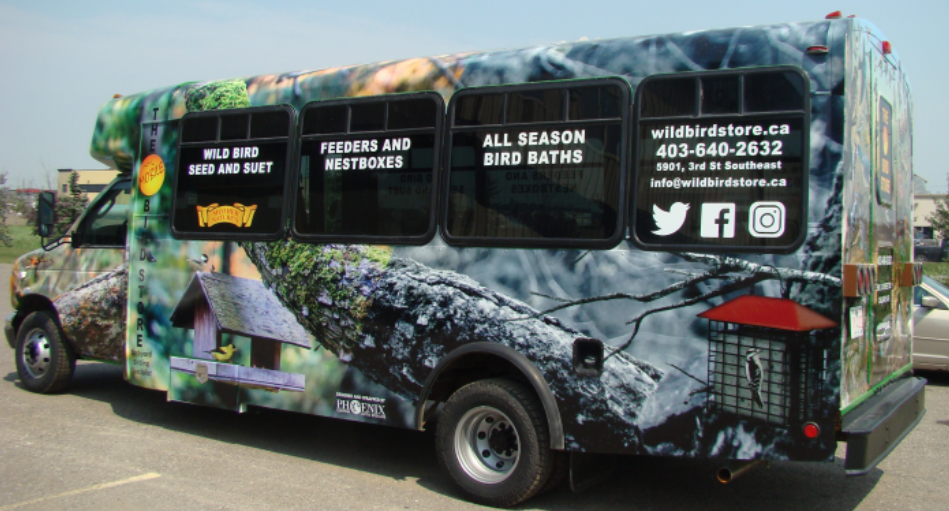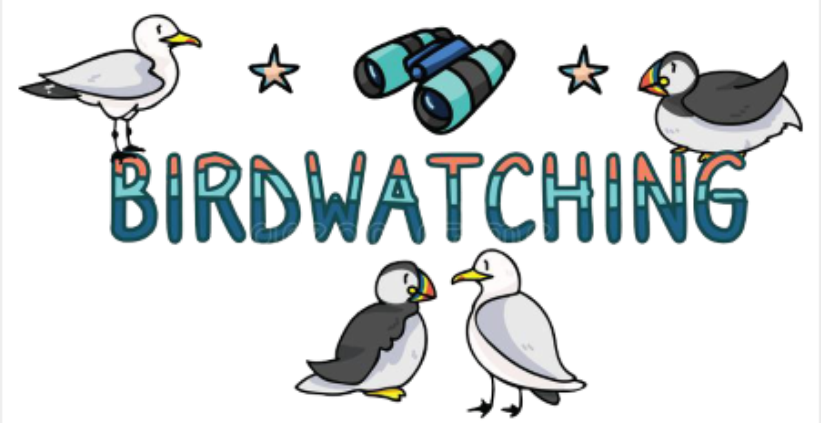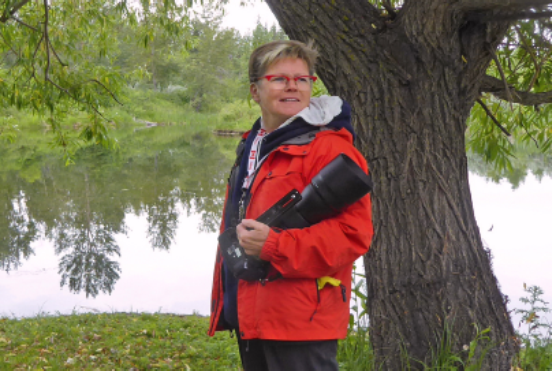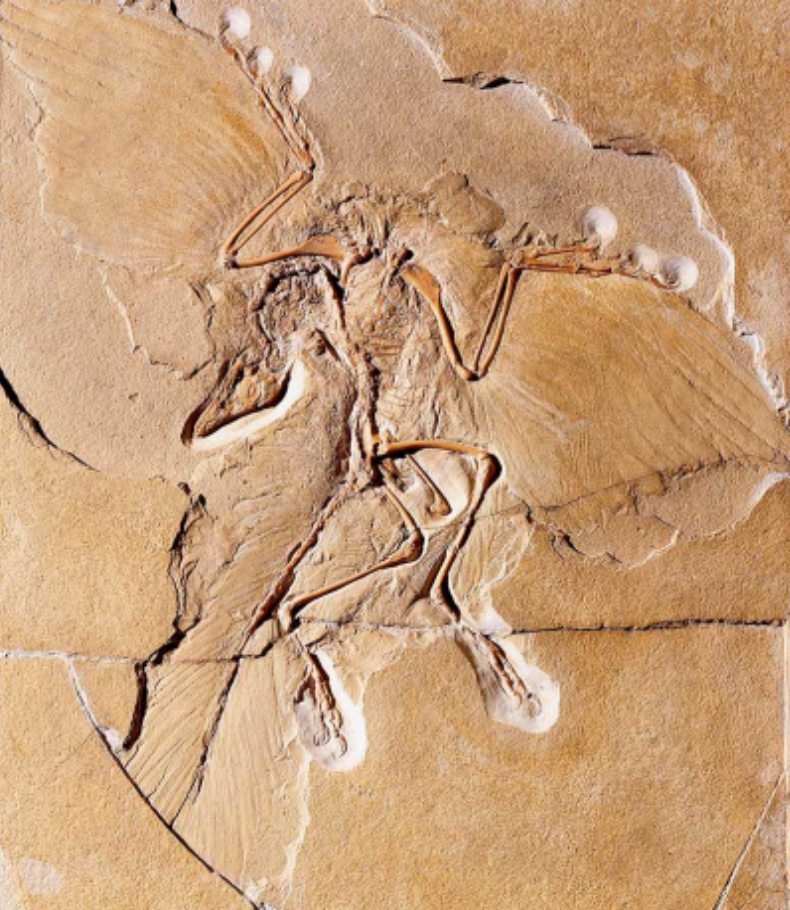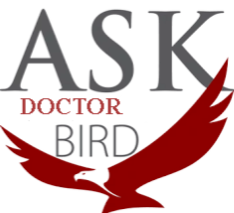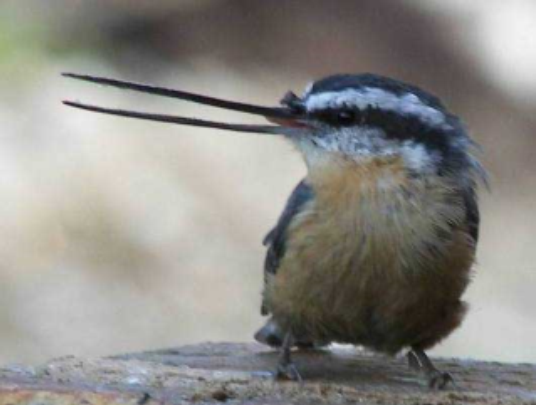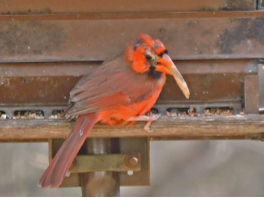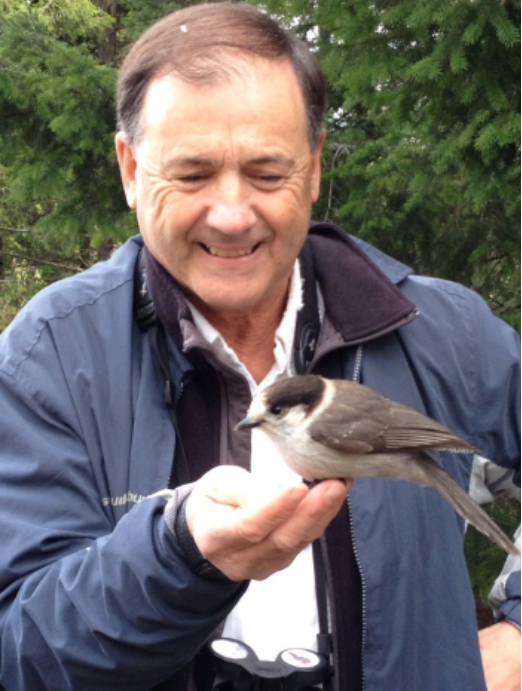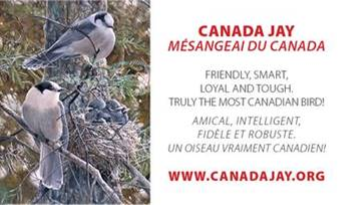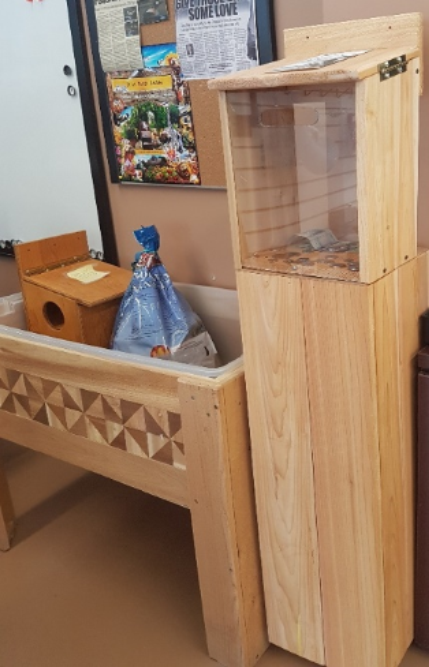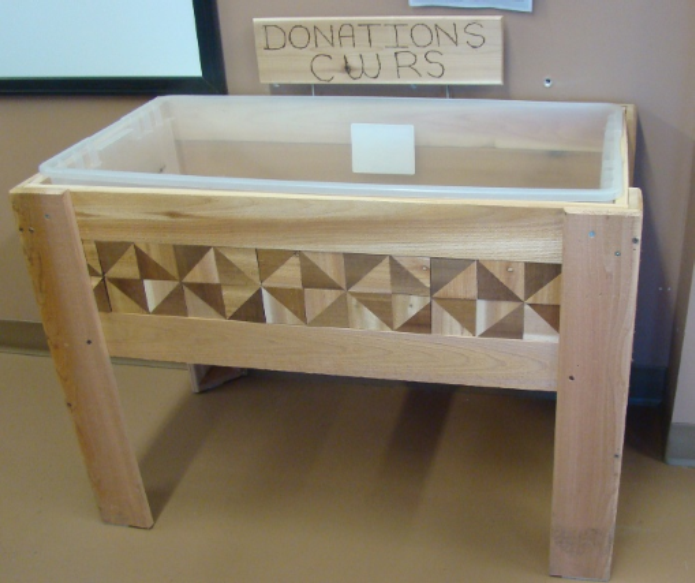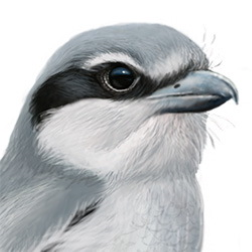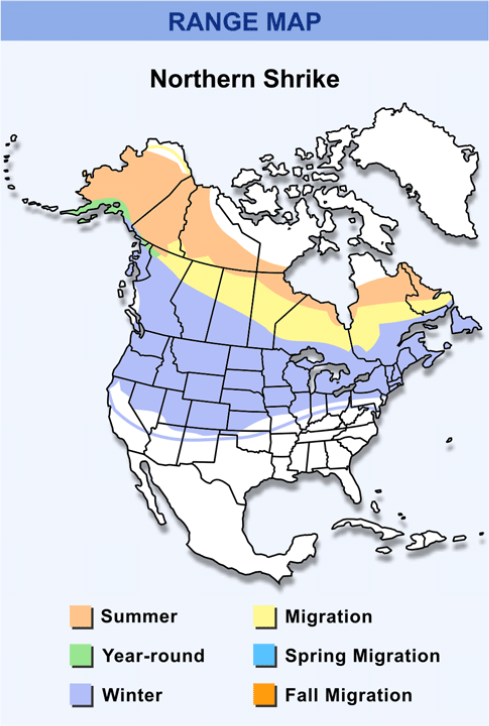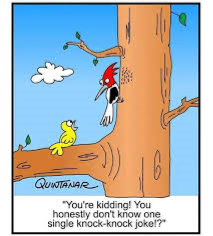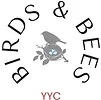LINK TO PDF NEWSLETTER DOWNLOAD

No curbside, no phone calls, no rainchecks
Re-cycle discount still applies
VALID ONLY WHILE SUPPLIES LAST
PLEASE NOTE: Due to ongoing challenges procuring seed, there may be limits on the number of bags per customer. We appreciate your understanding!
Pileated woodpeckers are wary and elusive, and in most places they do not make a habit of visiting bird feeders. In areas where they’re more abundant, these magnificent birds are gradually becoming more acclimated to the presence of humans, losing some of their wariness and becoming easier to see. A few have even discovered the benefits of bird feeders, but this is still an uncommon sight.
In Calgary, if you are lucky to live near Fish Creek Park you may be able to entice Pileateds to visit your bird feeders, but more often than not it is a glimpse of these birds flying by your backyard rather than spending time in your yard feeding.
Here are a few tips that might help attract them to your bird feeders
· Set out suet, a high-calorie snack in a bird feeder large enough for these big woodpeckers
· Choose a feeder with a long tail prop
· Your best chance of attracting Pileateds to your yard is to have a quiet yard
· Males show off an extra pop of red on each cheek known as a
“mustache mark”. Females have less red on their face (their
Mustache is black), but still sport a bright red crest. The male’s
Crest extends to the top of the bill
· Pileated woodpeckers “drum” on hollow trees with their bills in order to claim territory
· They dig rectangular holes in trees to find ants. These excavations can be so broad and deep that they can cause small trees to break in half
· They will make up to 16 holes in each tree to allow escape routes should a predator enter the tree. They peck the bark around the nest entrance holes to make the sap run from the tree. This will keep some predators, such as snakes, from entering
· A group of Pileated woodpeckers are collectively know as a “crown” of woodpeckers
Have you checked out the Merlin app? Would you like a demonstration on how they will help you to identify birds? Stop by The Wild Bird Store during regular business hours and staff will be happy to show you how the app will enable you to identify birds in various ways.
Identify Bird Songs and Calls
Identify Birds by your Photos
Save Birds to Your Life List
Explore lists of birds near your location

Wednesday April 27, 2022 5:00pm
THIS WILL BE A ZOOM PRESENTATION
Tickets: $15.00 +GST +fee Tickets available at Eventbrite.ca
Ticket must be purchased through Eventbrite.ca and are non-refundable
Mason bee stacking trays: Made of environmentally friendly corn material that stack to create 30 nesting tunnels. Just the right number to start your Mason bee population. The Quicklock nesting trays have matching grooves. When paired and stacked, the trays form nesting tunnels. The stacking design makes cleaning and harvesting a snap. In the fall, simply pop the trays apart and gently slide the cocoons out of the exposed grooves.
Mason bee house: Chalet holds one 30 quick lock tray. Front door opens for easy cleaning and removal. When the door is closed a small hole protects bees from predating Woodpeckers, mice and parasitic wasps.
Condo model available. Holds six quick lock trays. Features a ledge at the top to place cocoon boxes.
Made of cedar and built in Alberta.
Nature Alberta Magazine—Winter 2022
Download the current Winter edition FREE online at naturealberta.ca/magazine
Nature Alberta Magazine is the leading publication dedicated to exploring nature in Alberta and delivering a strong voice for the greater appreciation and conservation of our natural environment. It is intended for a broad audience, from outdoor enthusiasts, committed naturalists, and researchers, to backyard birders and members of local nature clubs.
Published four times per year, each issue offers informative, educational and engaging nature writing and photography that inspires readers to venture out and directly experience nature, deepens their connection with the natural world, and strengthens their commitment to protecting Alberta’s local habitats and wild places
We offer a discount if you return your seed bags (sorry—not the Mother Nature bags which we cannot re-use), suet ball containers, if you bring your own container to fill or use a bag from our re-cycle bin. This discount is in addition to any other discount offered.
Write a Google review on your experience at The Wild Bird Store, and as a thank you, we will give you 100 customer loyalty points ($5.00 value). To get a promo code, kindly email info@wildbirdstore.ca
(one Google review per customer)
Earn 200 customer loyalty points ($10.00 value) by referring a friend, acquaintance or fellow birder.
Please visit the store to get a promo code.
No need for a card, just give your phone number. You earn $1.00 for every $20.00 spent (excludes “sales” items, books & optics) and can be used in-store and on Mobile Seed Truck. As a loyalty member our monthly promotions and in-store “specials” are automatically given at the cash register.
Combining our Seniors 10% discount with the Loyalty Program. (Excludes “sales” items, books & optics).
Discount for membership 10% discount for members of Fish Creek Park, AIWC, Priddis Golf Club, Nature Calgary, Sandy Cross Conservation, Springbank Garden Club and Millarville Horticultural Society. Must present valid membership card at time of purchase.
Discount for Military Members & Veterans 10% discount on
purchases in-store or on Mobile Seed Truck (sorry—excludes “sales”
items, books, optics and consignment items)
Options for shopping at the Wild Bird Store

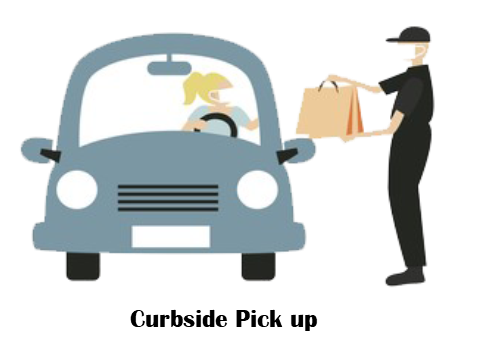


To ensure you get what you want, please have your order in by 5:00pm on Tuesday and we will set it aside for you
Text us @ (403) 701-4571 OR email us at orders@wildbirdstore.ca so we can put your order aside.
Earn and redeem customer loyalty points on
The Bird Seed Truck


DELIVERY: Deliveries will still be made on Thursdays ONLY. Please phone the store at (403) 640-2632 any day prior to 12:00 noon on the Wednesday before your delivery; place and pay for your delivery. Please phone with your order as early as possible to avoid disappointment. If you have any special instructions please do not forget to inform us when you place your order.
All participants on any bird walk must have purchased a ticket through Eventbrite.ca and present the ticket to Jim prior to the bird walk. The weather plays a big part in bird walks and Jim reminds participants to dress anticipating weather changes and to carry water to keep hydrated.
Saturday March 5, 2022 CARBURN PARK
(9:00am meet in parking lot at 67 Riverpark Drive S.E.)
Ticket price: $6.00 +GST +fees
Ticket must be purchased through Eventbrite.ca—2022 WBS bird walks
PLEASE NOTE: proof of vaccination must be presented prior to any bird walk
Face masks must be worn at all times during the walks
Saturday March 19, 2022 BURNSMEAD (Fish Creek Park)
(9:00am meet in parking lot at 153rd Avenue S.E.)
Ticket price: $6.00 +GST +fees
Ticket must be purchased through Eventbrite.ca—2022 WBS bird walks
PLEASE NOTE: proof of vaccination must be presented prior to any bird walk
Face masks must be worn at all times during the walks
Saturday April 2, 2022 MALLARD POINT (Fish Creek Park)
(9:00am meet at the East end of Canyon Meadows Drive East of Bow Bottom Trail)
Ticket price: $6.00 +GST +fees
Ticket must be purchased through Eventbrite.ca—2022 WBS bird walks
PLEASE NOTE: proof of vaccination must be presented prior to any bird walk
Face masks must be worn at all times during the walks

RMERF Daily Spring Count Starting Soon
Please join RMERF for the 2022 Spring Count from March 1st to April 22nd with observers at the Mount Lorette site daily. This will be the 30th year of of vigilant recording!
For more information and the Mount Lorette site Observation map, please visit:
Starting Wednesday March 16, 2022 at 6:00pm The Wild Bird Store is once again proud to present 5 weeks of extraordinary speakers.
Daniel Arndt:
How and where to find owls in Alberta
Date: Wednesday, March 16, 2022 6:00pm
Tickets must be purchased through Eventbrite.ca and are non-refundable
Daniel’s presentation will be on how and where to find owls in Alberta which will include the do’s and dont’s of watching and photographing owls.
Daniel is a wildlife biologist specializing in wild bird surveys and is a tour operator here in Calgary.
Myrna Pearman:
Appreciating Bird Behaviour
Date: March 23, 2022 6:00pm
Ticket price: $15.00 +GST +fees
Tickets must be purchased through Eventbrite.ca and are non-refundable
Inspired by Jennifer Ackerman’s book, The Genius of Birds, Myrna will be giving a presentation that highlights some fascinating aspects of bird behaviour. Her talk will not only encourage a new appreciation for birds, but it also will help us better understand and marvel at the astonishing intelligence and abilities of our wild avian neighbours. She will focus on Alberta birds, especially the common species that grace our yards and gardens.
Myrna Pearman (retired biologist, a passionate observer of nature and a keen wildlife photographer and a nature columnist)
Jay Ingram:
The First Bird
Wednesday March 30, 2022 6:00pm
Ticket price: $15.00 +GST +fees
Tickets must be purchased through Eventbrite.ca
The fossil animal Archaeopteryx was first identified in the mid 1800s and still, despite competition from a horde of feathered dinosaurs, holds the title of “the first bird”. What does it tell us about the origins of bird flight? How well did it fly? Why have there been so many Archaeopteryx controversies?
Jay Ingram is the former TV host of the Discovery Channel’s Daily Planet and organizer & co-founder of Beakerhead. He is an engaging, provocative speaker who can address complex, scientific issues in non-technical terms.
Andrew Barnes
Purple Martin colony in Calgary
Wednesday April 6, 2022 6:00pm
Ticket Price: $15.00 +GST +fees
Tickets must be purchased through Eventbrite.ca and are non-refundable
Andrew Barnes has successfully established a Purple martin house behind his residence in New Brighton here in Calgary. He has put considerable research and effort to have the first successful PUMA colony in Calgary in 80 years and the most southerly one in Alberta.
Chris Fisher
How wild birds have helped our mental health during the Pandemic
Wednesday April 13, 2022 6:00pm
Ticket price: $15.00 +GST +fees
Tickets must be purchase through Eventbrite.ca and are non-refundable
Chris delves into the popularity and importance wild birds have contributed to society’s mental health during these challenging times and will combine the topic with some local birding stories that have helped folks over the past two years.
Chris Fisher the best-selling co-author of popular field guide “Birds of Alberta”, filmmaker and television host shares inspiring storylines that connect audiences with skills that organizations value. Trained as a scientist and travelling the world as a lecturer, Chris explored and investigated universal strategies of success common to individuals, institutions and organizations.
Question:
Sometimes feeder birds show up with a grossly deformed or perhaps broken bill. Will it grow back to normal again like our fingernails do?
Answer:
Let’s start with the basic anatomy of a bird’s beak. In general, the visible part of it consists of a sheath of skin called the rhamphotheca, which covers the projecting hard portion of the bird’s bony jaws. I seed-eating birds, like a Cardinal or Grosbeak, the rhamphotheca is hard and horn-like. Over time, the outer layers of the rhamphotheca, which is composed of dead skin, get worn away by abrasion during feeding and bill-wiping (known as feaking). The inner layers are alive though, and they renew the outer cover of skin on the beak. This is a continuous growth just like our fingernails, but in the case of the bird using their beaks constantly, it also gets worn away.
Now for a bird showing up at a feeder with a deformed or broken beak, I see two possibilities. First, perhaps the bird broke its beak in an accident, maybe by striking a window. The second possibility is more ominous. Researchers in Alaska have been recording a large number of bill deformities in a variety of bird species such as Woodpeckers, Raptors and Corvids, but especially in Black-capped chickadees. A smaller number of cases have been reported in birds in more southerly areas like California. But these cases usually entail a grossly overgrown bill, not a worn one. For example: I have seen a picture of a male Northern cardinal with such an overgrown bill that it looked like a trumpet. Such birds do not last long, often starving to death. The very latest report on this phenomenon from scientists in California has these bill deformities, now termed Avian Keratin Disorder, linked to a picomavirus.
Stay tuned for future research on this topic.
David M. Bird, Ph.D., Emeritus Professor of Wildlife Biology, McGill University www.askprofessorbird.com

David M. Bird is Emeritus Professor of Wildlife Biology and the former Director of the Avian Science and Conservation Centre at McGill University. As a past-president of the Society of Canadian Ornithologists, a former board member with Birds Canada, a Fellow of both the American Ornithological Society and the International Ornithological Union, he has received several awards for his conservation and public education efforts. Dr. Bird is a regular columnist on birds for Bird Watcher’s Digest and Canadian Wildlife magazines and is the author of several books and over 200 peer-reviewed scientific publications. He is the consultant editor for multiple editions of DK Canada’s Birds of Canada, Birds of Eastern Canada, Birds of Western Canada, and Pocket Birds of Canada. To know more about him, visit www.askprofessorbird.com or email david.bird@mcgill.ca.
DONATIONS
Located at The Wild Bird Store (near the seed bins). We collect your cash as well as “wishlist” donations and arrange to deliver them to local wildlife organizations including Calgary Wildlife Rehabilitation, Alberta Institute of Conservation and Ellis Bird Farm.
We ask for your support quarterly for each of these organizations.
For March, April and May 2022 your donations will go to:
Alberta Institute For Wildlife Conservation
ALBERTA WINTER BIRDS
Northern shrike
All shrikes have a distinctive hooked bill with a small “tooth” on each side of the tip of the upper mandible. Known as tomial teeth, they fit neatly into grooves in the lower mandible. They are also found on some raptors. Whether on a shrike or a falcon, the teeth have the same purpose: to severe the spinal cord of their prey, usually at the neck.
Since they lack talons, they stun or kill their prey with blows from powerful beaks. Then, if they do not eat their prey immediately, they impale it on thorns or barbed wire. This servies not only as a food cache but also marks territory and attracts mates.
The species name of the Northern shrike, Lanius excubitor, means “butcher watchman.”
A group of shrikes are collectively known as an “abattoir” or a “watch” of shrikes.
In winter, Northern shrikes may show up near bird feeders to hunt the birds that visit them.
Northern Shrikes are most often misidentified as Loggerhead shrikes in spring because they perch lower in the spring to hunt emerging worms, insects and frogs.

Calgary, AB T2H 1K3 CLOSED Sundays and ALL Statutory holidays for Faith, Family & Friends
Phone: (403)640-2632 Showroom is open with some restrictions. We still offer curbside pick up
Web: wildbirdstore.ca every day and delivery service on Thursdays
email: info@wildbirdstore.ca
FOLLOW US ON:
Facebook @thewildbirdstoreyyc
Twitter @wildbirdstoreyyc
Go to YouTube, type in the search bar “The Wild Bird Store” to watch our videos and to help us become more visible . Be sure to click on “Subscribe” before you leave the page.



